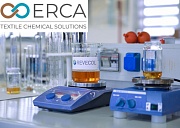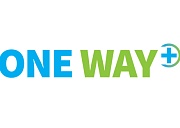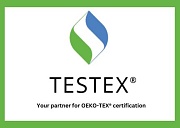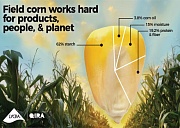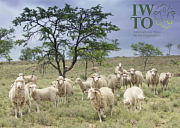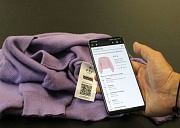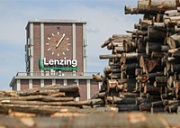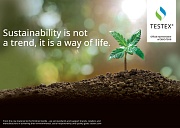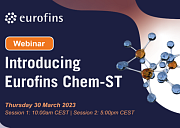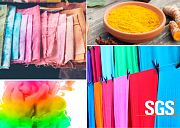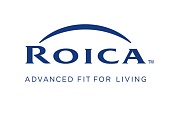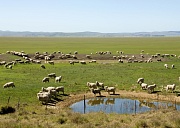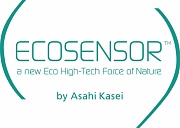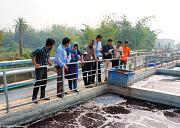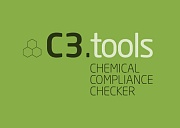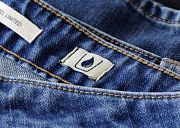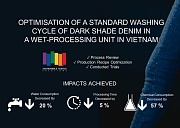SPONSORED CONTENT - According to the latest Textile Exchange Organic Cotton Market Report, more and more cotton farmers are converting from conventional to organic cultivation. The 2020/21 global harvest saw an estimated 37% growth in organic fibre compared to 2019/20 and numbers continue to rise. At the same time, cotton is one of the fibres most in demand by consumers for whom sustainable production methods become increasingly important. With the rise of global organic cotton share comes an increasing risk of potential fraud as well as growing demands in terms of transparency by governments and end consumers alike.

OEKO-TEX® supports the industry by facing these challenges with the new ORGANIC COTTON certification which offers full coverage and traceability of the chain of custody using transaction certificates from the farm to the finished product. For this purpose, a new method was developed that can test quantitatively for genetically modified organisms (GMO). This makes it possible, for the first time, to distinguish between minor contamination and intentional mixing with conventional cotton, and to proactively counter potential fraud. Dr. Timo Hammer, CEO Hohenstein Laboratories GmbH & Co. KG, provides further information on the newly developed method:
How does the quantitative GMO method work?
In a first step, DNA is extracted from the cotton fibre. As a second step, a qualitative polymerase chain reaction (PCR) analysis shows if GMO cotton is present. If the sample is GMO positive, another quantitative PCR analysis is conducted aiming on the quantification of each specific DNA from genetically modified cotton plant lines resulting in an overall percentage of GMO content in the tested sample.
Why should brands and suppliers start focusing on quantitative testing?
Brands, suppliers, and end consumers rely on organic claims, such as “organic cotton”. Brands and especially suppliers may want to find the root causes for GMO positive findings in their supply chain to eliminate them and improve the processes. The qualitative result showing GMO presence however cannot differentiate between unintended contamination and fraud. A quantitative analysis is needed to get full transparency.
A fully verified chain of custody requires a lot of time and effort. How can the industry be motivated to invest?
Green marketing claims such as “organic cotton” help the industry to differentiate their product on the market, but at the same time the companies take responsibility to verify these claims with full transparency. Behind the background of informed and educated end consumers and finally the regulatory environment, a verified chain of custody is a must-have.











